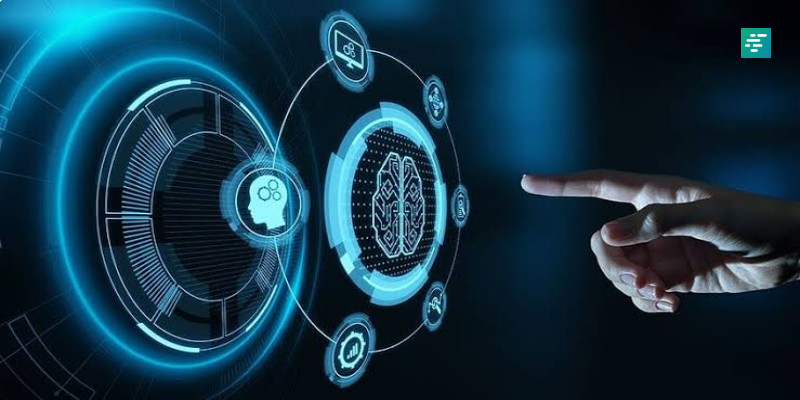
In the present situation, AR and VR technologies have potentially seized challenges associated with remote working. VR is the creation of a virtual world that users can interact with while AR is defined as the blending of virtual reality and real life, as developers create images within applications that blend in with contents in the real world.
Key skills: Strong communication skills, networking and problem solving skills, comfort with technolog User Interface/User Experience development, program- ming language skills, 3D gaming skills, research skills, working knowledge of geometry, 3D space, and linear algebra.
Virtual Reality Virtual reality (VR) abolishes logistical limitations. In a computer-generated simulation of a three-dimensional image or environment, viewers can use special equipment to interact with the simulation in realistic ways. The gaming and entertainment industries are obvious proving grounds for VR. However, VR has the potential to transform many other industries as well, especially in the realm of experiential training where workers can be put into hazardous, difficult or cost-prohibitive situations with- out the intense risks associated with these activities in the physical world. According to the father of Artificial the science and engineering of making intelligent machines, especially intelligent computer programs.
Artificial Intelligence
Software algorithms are automating complex decision- making tasks to mimic human thought processes and senses. Artificial intelligence (AI) is not a monolithic technology. A sub- set of Al, machine learning, focuses on the development of computer programs that can teach themselves to learn, un- understand, reason, plan and act when blasted with data. Machine learning car- ries enormous potential for the creation
Goals of Al
•To Create Expert Systems- The systems which exhibit intelligent behavior, learn, demonstrate, explain, and advice its users
•To Implement Human intelligence in Machines Creating systems that understand, think, learn, and behave like humans
Al Solutions
Al has been dominant in various fields such as- Gaming (strategic games such as chess etc., where machine can think of large number of possible positions). Natural Language Processing-interact with the computer that understands natural language spoken by humans. Expert Systems (provide explanation and advice to the users).
Vision Systems- understand, interpret, and comprehend visual input on the computer. For example, doctors use it to diagnose the patient or Police use it to Identify criminals with the stored portrait made by forensic artist.)
Speech Recognition (hearing and comprehending the language)
Handwriting Recognition recognize the shapes of the letters and convert it into editable text.
Intelligent Robots - using sensors de tect physical data from the real world and adapt to the new environment.
Machine Learning is the attribute computers are imputed with the ability to learn and make decisions autonomously by considering or detecting patterns in past records and then predict the prob able future occurrences, without explicitly programming them. Machine learning systems crawl through the data to find the patterns and when found, adjust the program's actions accordingly. With the help of pattern recognition and computational learning theory, one can study and develop algorithms, on the basis of which the computer makes decisions. These algorithms are driven by building a model from sample records. These models are used in devel- oping decision trees, through which the 100 system makes all the decisions.
